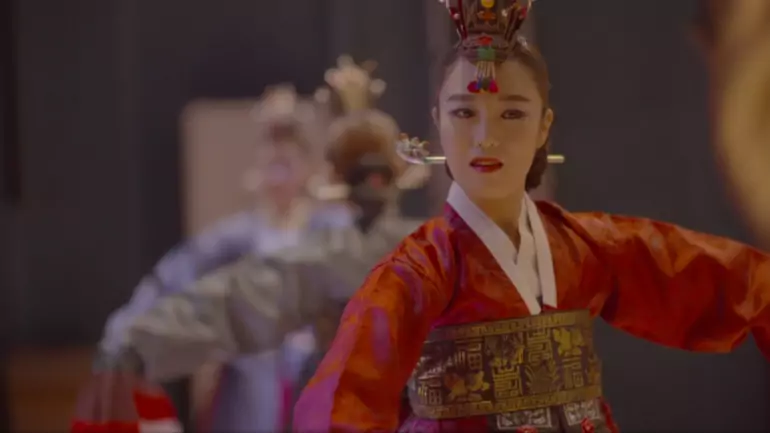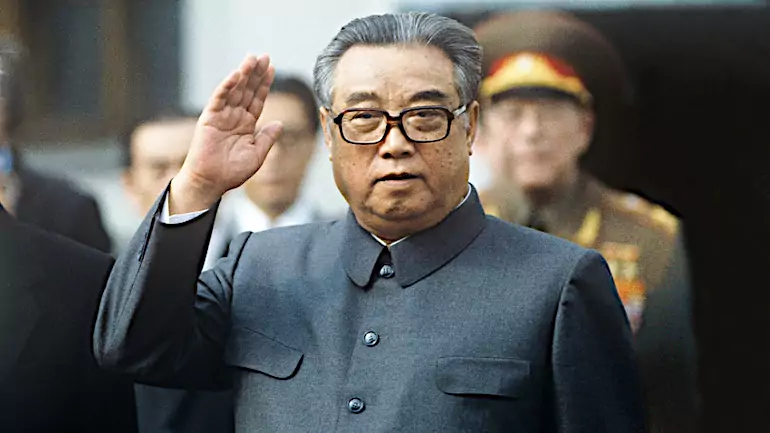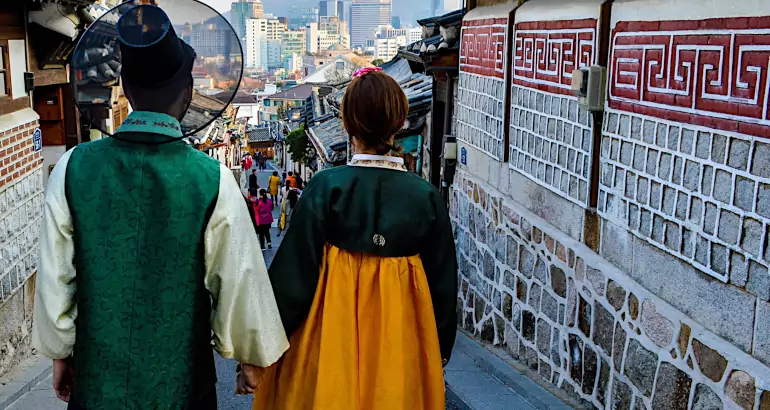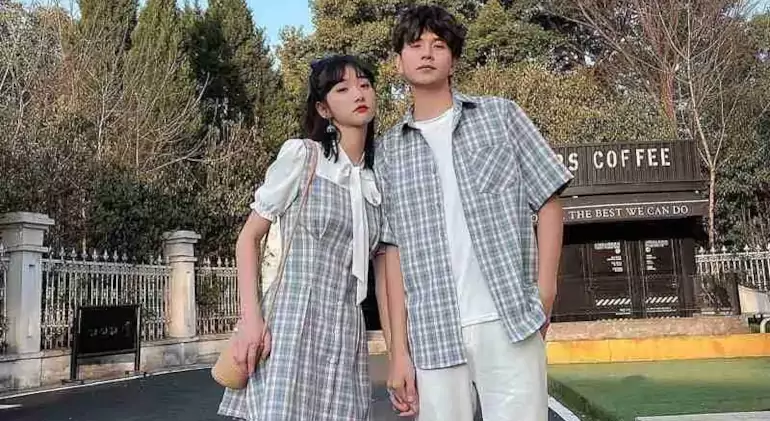Unveiling the History of Gisaeng: Who Were They?

There is a prevalent misconception that gisaeng were akin to Korean courtesans of their time, similar to the portrayal of their Japanese counterparts. However, this notion is far from accurate, as prostitution didn't emerge in Korea until the early 1900s.
Much like geishas, gisaeng were young women dedicated to entertainment, specializing in various forms of artistic performance. The key distinction lies in the contemporary landscape: while geisha apprentices can still be found in Japan, the gisaeng profession has all but disappeared in South Korea. Any remaining traces of gisaeng houses today represent a modern reinterpretation, far removed from historical reality.
The origins of this profession trace back to the Goryeo era when gisaengs were under direct government control. Many were employed in the royal court, but they were also found across the country.
Despite being trained in art, poetry, prose, and music, these young women occupied the lowest social class. However, they were respected as cultured artists.
To such an extent that some narratives elevate them to heroines, while others have persisted through the ages. Among them, the most renowned figure is undoubtedly Hwang Jini, who lived in the 16th century.
One notable form of poetry cultivated in South Korea was the sijo, and a significant portion of the preserved compositions were penned by gisaengs. Often, these verses delve into themes of love and heartbreak, capturing the poignant emotions surrounding a lover's departure. As time passed, this poetic tradition became inherently linked to these women, who frequently employed it as a means to entice scholars into lingering overnight.
It's true that over time, some gisaengs formed relationships with regular visitors or admirers, which inspired many of the poems attributed to them. However, only a few developed emotional connections and accepted intimate relationships. Despite their historical reputation as prostitutes, gisaengs were often highly educated, not only in the arts but also in politics and diplomacy.
Their professional lifespan was relatively short. Beginning their careers as young as 8 years old, they peaked around 16-17 and typically retired by 22. While some continued beyond that age, they were legally required to retire at 50.
During the late Joseon era, the gisaeng system evolved into a three-tiered hierarchy. At the top were the haengsu, who performed at prestigious social events. They had to retire from this role by 30 but could continue other activities until 50. The lowest rank was the samsu, prohibited from performing the haengsu's repertoire.
How did girls of that time become gisaengs? Many were daughters of gisaengs themselves, inheriting their mothers' status. Others were sold by impoverished families unable to support them.
Although gisaengs were once numerous, they no longer exist today. The last royal gisaeng house closed in 2010, and since the 1970s, their songs and dances have only been accessible through contemporary theater productions.
Fortunately, some gisaengs have left a lasting legacy through their poetry, music, or acts of bravery during Japan's invasion of Korea. While their names may not have been preserved, their work endures, particularly in the form of sijo poetry.
Despite their once significant numbers, gisaengs no longer exist today. The last royal gisaeng house closed in 2010, marking the end of an era that had spanned centuries. Since the 1970s, their songs and dances have only been accessible through contemporary theater works that sought to preserve and honor their cultural heritage.
Gisaengs played a multifaceted role in Korean society, serving as entertainers, artists, and sometimes even political influencers. While their primary function was to provide entertainment, their education and sophistication often led them to engage in broader societal matters. Some gisaengs even became renowned for their involvement in political intrigue and diplomatic negotiations.
 Discover the story of Kim Il-Sung, the founding figure of North Korea
Discover the story of Kim Il-Sung, the founding figure of North Korea 30 Fascinating Facts about South Korea and Koreans
30 Fascinating Facts about South Korea and Koreans Customs and Traditions: A Guide to Good Manners in South Korea
Customs and Traditions: A Guide to Good Manners in South Korea The Challenge of never having experienced a romantic relationship in South Korea
The Challenge of never having experienced a romantic relationship in South Korea Love in South Korea: Exploring Relationships and Dating Culture
Love in South Korea: Exploring Relationships and Dating Culture Quiz: Would You Be a Loser in South Korea?
Quiz: Would You Be a Loser in South Korea? The Greatest Love Review - A Heartwarming Romantic Comedy
The Greatest Love Review - A Heartwarming Romantic Comedy Love in South Korea: Part 2 - Getting to Know Each Other
Love in South Korea: Part 2 - Getting to Know Each Other
![[Exploring Korean Literature] Gisaeng Poets of Joseon (조선의 기녀 시인들)](https://i.ytimg.com/vi/zsOK3cplxso/hqdefault.jpg)
Leave a Reply